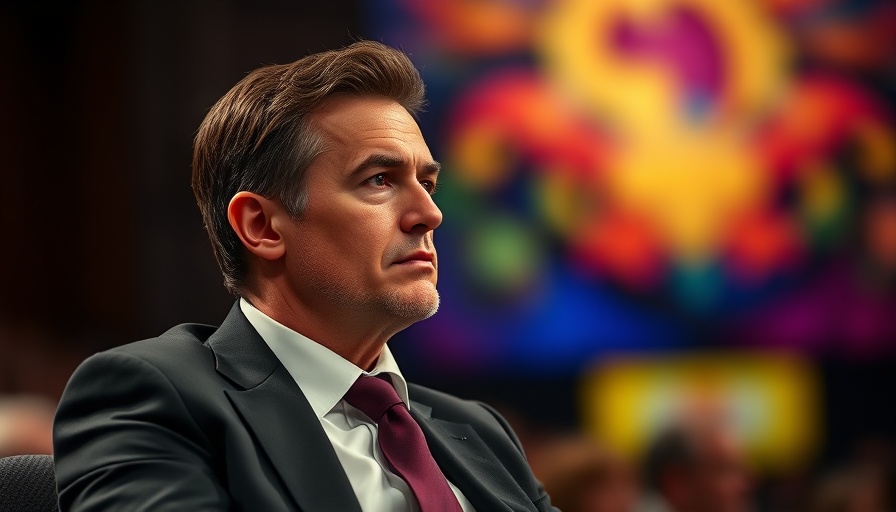
India's Startup Success: A Flourishing yet Fragile Ecosystem
India's startup ecosystem is currently experiencing unprecedented growth, positioning itself as the third-largest startup hub globally with over 140,000 startups as of June 2024. This booming landscape has attracted a staggering $150 billion in funding, leading to the emergence of 120 unicorns, which alone account for over $100 billion in valuation. Enthusiasm abounds as projections suggest the total number of startups could nearly double by 2030, with unicorns expected to reach around 280. This momentum paints a vibrant picture on the surface; however, such impressive statistics can be deceptive. Beneath this thriving veneer lies a pressing concern: a severe leadership talent crunch that threatens the sustainability of this growth.
Mindset, Metrics, and Maturity: The M3 Crisis
The core issue, termed the M3 crisis, encapsulates a significant gap in Mindset, Metrics, and Maturity (the three pillars of effective leadership). The prevalent narrative favors a focus on fundraising and rapid growth at the expense of developing long-term societal impact. Many leaders in this space are more inclined to celebrate surface-level successes rather than cultivate an ecosystem that nurtures transformative, meaningful innovation tailored to India’s unique challenges.
This leadership gap emphasizes the pressing need for a shift in mindset, urging leaders to move away from merely replicating successful global models and towards innovative approaches that specifically address India's intricacies. Startups must not just chase the allure of unicorn status, but also strive to understand and solve deep-rooted local issues.
The Call for Deep Innovation
Innovation in the Indian context must be rooted in a profound understanding of the local landscape. Presently, many startups fall into the trap of “me-too models,” seeking to mimic their Western counterparts with overly simplistic adaptations. This lack of originality stifles the potential for significant breakthroughs in critical areas such as healthcare, education, and agriculture. Without a focus on genuine innovation, funded ventures run the risk of becoming another fleeting trend, rather than enduring enterprises contributing to the economy.
Setting New Metrics for Success
To combat the M3 crisis, redefining success metrics is critical. Instead of primarily valuing funding rounds and user growth, leaders should incorporate metrics that measure societal impact and innovation depth. Emphasizing qualitative outcomes, such as how well a startup addresses community needs or develops intellectual property, can help shift the focus toward building lasting value.
Cultivating Future Leaders
Addressing leadership talent gaps requires a systemic approach to education and mentorship. Current frameworks must evolve—introducing programs that cultivate emotional intelligence, adaptive thinking, and long-term visioning among aspiring leaders. By focusing on equipping the next generation with the skills necessary for sustainable decision-making and innovative thinking, the Indian startup ecosystem can foster a rich breeding ground for future leaders who prioritize depth over mere velocity.
Insights from Global Best Practices
Countries such as Israel and the United States serve as relevant benchmarks, showcasing how innovation rooted in local needs can yield globally competitive products and services. These countries invest heavily in research and development, support collaborations between industry and academia, and promote inclusive ecosystems that celebrate diversity in thought and leadership.
The Path Forward: Embracing Challenges and Opportunities
As India stands on the brink of the next phase of its startup evolution, embracing challenges while championing local innovation is paramount. The unique intersection of culture, technology, and entrepreneurship in India holds potential to leapfrog global trends when leaders prioritize the local context in which their businesses operate. More than just chasing rapid growth, embracing a philosophy of long-term impact will signal the maturity of India's startup landscape.
To facilitate this transformative shift, it is essential for leaders to engage in continuous learning, frequently reassess their strategies, and foster environments that encourage experimentation and learning from failure. As they navigate this vibrant yet precarious scene, it’s the focus on deep, meaningful innovation that will ultimately fuel sustainable growth.
Conclusion: Take Action for the Future of Indian Startups
This is a crucial moment for India’s startup ecosystem. Leaders must recognize the gravity of the M3 crisis and work collaboratively to foster innovation that addresses the local context rather than merely imitating trends. By valuing depth, developing unique solutions, and redefining success metrics, India can ensure its startup narrative evolves from impressive numbers to impactful realities. Every executive and CEO must take charge—cultivate a mindset focused on maturity, embrace new metrics, and drive forward with a vision of not just being another tech hub, but a birthplace for transformative innovation tailored to local needs.
 Add Row
Add Row  Add
Add 




Write A Comment